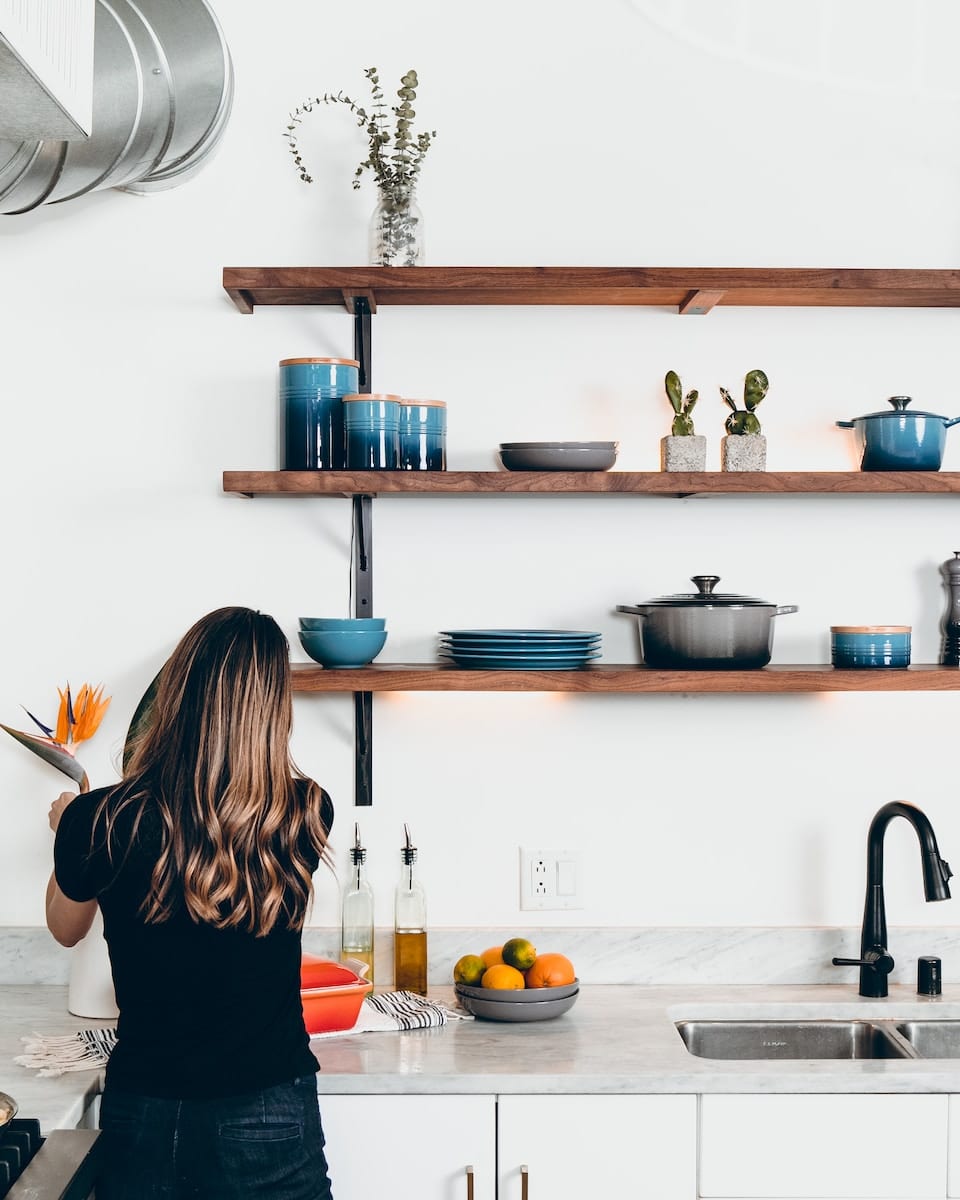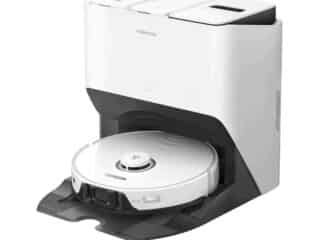
Products For Your Clothing
Most people don’t think about the cleaning products they use on their clothing, but it’s essential to use safe options. To clean your shirts and pants, try adding 1/2 cup of white vinegar to every load instead of using commercial fabric softeners. A great option to use when washing your clothes is an eco friendly laundry detergent that will clean your clothes and leave them smelling fresh. You can also substitute lavender oil for these items or go with eucalyptus oil. If you need to scrub a stain, use baking soda and water to get it out of your clothing. What’s best about washing your clothing this way is that it doesn’t cause irritations that could run up your skin.
Products For Your Windows And Windowsills
If you have window screens, it’s a great idea to use water and ammonia to clean them because the chemicals won’t damage them. When you make a vinegar-water mixture, pour it into a spray bottle and spray it on the windowsill before scrubbing with baking soda. Also, consider making your own cleaning products by using 1/2 cup of vinegar and the same amount of water. This will help you clean your windows and keep them streak-free.
Products For Your Carpeting and Flooring
The best way to clean carpets is to use a wet vac or remove dirt from the carpet with a spoon. Once you’ve completed this step, make a mixture of one part white distilled vinegar and two parts water in a spray bottle. After misting the carpet with this solution, go over it with a brush that’s been dipped into the same mixture. This will lift out dirt particles as well as clean your flooring at the same time. Don’t forget that you can clean all types of flooring with any commercial product that doesn’t irritate your skin. Always test these products in an inconspicuous area before you use them on a large surface. Some people choose to use dish detergent when they clean their floors but it isn’t suggested because it doesn’t break down easily so cleaning will be more difficult.
One of the best ways to eliminate germs on your floor is to use a dust mop and a microfiber one at that. Make sure it’s machine washable and able to dry quickly because wet ones can breed bacteria. When you’re ready to mop, add some white vinegar instead of using commercial cleaners with harsh chemicals. Vinegar is an excellent cleaner as it eliminates dirt and mould while keeping your floors disinfected without leaving any residues behind. You should also get into the habit of washing or sweeping your floors before mopping them because dirty surfaces attract harmful bacteria more than clean ones do.
Cleaning Kitchen Appliances
The first step to cleaning your appliances is to put on some rubber gloves and wipe them down with either a mixture of one part bleach and 10 parts water or a non-toxic commercial degreaser. If you choose the bleach option, open your windows as well as any exterior doors for ventilation. If you use a degreaser, it’s important to make sure that it contains less than ten percent phosphorous because all-purpose cleaners will also contain this agent which can be harmful if ingested by humans or animals. Another good way to clean appliances is to make a paste of baking soda and water then leave it about five minutes before wiping off. This will help keep your home non-toxic. For tough stains, try making a paste that consists of equal parts of vinegar and lemon juice then wipe it away after letting it sit for a few minutes. When you’re done cleaning the appliances, put everything back in its place and clean your work surfaces because they can be hosts to harmful bacteria as well.
Cleaning Your Countertops
For countertops, it’s best to use white vinegar or hydrogen peroxide because they’re natural and won’t damage the surfaces in your kitchen. If you need to remove onion juice stains, use this mixture on them: 1/2 cup of water with 1 tablespoon of dish soap and 2 tablespoons of baking soda. You can also add lemon juice for a fresh scent. This will help with coffee stains as well so don’t be afraid to mix baking soda, lemon juice and water. For tough stains, there are also commercial cleaners that won’t damage your surfaces – for example, Lysol cleaning products work to eliminate germs whilst giving your surfaces a nice shiny finish. You can look for these products at a local grocery store or hardware store.
Ingredients To Avoid and Choosing The Right Ones
Unfortunately, you should avoid using commercial products that contain bleach because it can cause dangerous gases to form when combined with an acid. Also, don’t use ammonia on surfaces that have been scratched because this will allow bacteria to get into the grooves and become trapped there. A good rule of thumb is to make sure all ingredients are safe for ingestion by humans or animals before you decide to use them in your cleaning products. The main thing to consider when choosing a cleaning product is how long you spend on each task during the day. If this is only a few minutes then any of the above-mentioned recipes might do but if you’re spending hours at a time doing chores then you need something stronger. If you use green cleaners daily, consider making your own instead of buying commercial brands. This will help your budget while providing the same results if you follow the guidelines in this article.
When it comes to using natural products, remember that these cleaners may not disinfect so it’s important to use them only when the task you’re doing isn’t necessary for healthy living. It’s also best if you don’t expose children and pets to these types of chemicals so they remain out of reach or something spills onto their skin. You should also consider choosing water-based products over oil-based ones since the latter clogs drain while leaving behind residues that can cause respiratory problems when inhaled.






